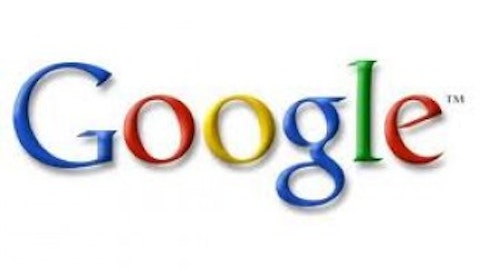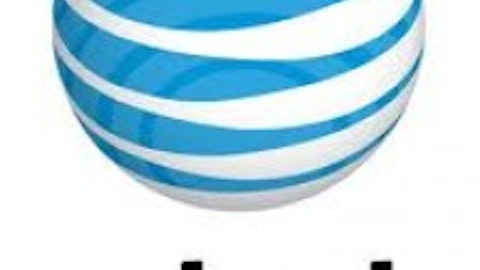Neighborhood networks set up by local cable companies was the traditional model that consumers used to have their television shows delivered to them. This proved to be a very lucrative practice for these cable companies, as they were permitted to be monopolies. This is because local municipalities thought it would be beneficial to not have multiple sets of wires buried underground by competing firms. This is the same rationale that gave phone companies and utilities monopolies.
Owning the pipes ain’t what it used to be
However, companies like Charter Communications, Inc. (NASDAQ:CHTR) are now fighting against satellite TV providers as well as the old phone companies when delivering both TV and broadband Internet. This is pressuring margins and reducing profitability. This cable giant has already declared bankruptcy once due to management’s excessive debt load, but is this $13.5 billion company destined to bankruptcy again?

Charter Communications, Inc. (NASDAQ:CHTR) did complete an acquisition of Optimum West from rival Cablevision this year for $1.6 billion. This will give Charter additional customers in the ‘Rural West,’ and broaden the company’s footprint. Charter still does not own any content generating assets or studios, which keep customers around for their exclusive content.
Charter Communications, Inc. (NASDAQ:CHTR) looks relatively healthy from a debt perspective through 2016, and should be able to cover the upcoming debt maturities. However, starting in 2017 Charter will have approximately $1 billion due, and then that will jump to nearly $3 billion in both 2020 and 2021. Now, these figures are almost ten years out; however, this company’s management proved once that they can take on too much debt in a utility like stock. Going forward this mounting pressure from bond holders, and competition heating up makes Charter an investment I’m not interested in getting into.
Threat from above
DIRECTV (NASDAQ:DTV) is the largest paid for TV service within the America’s. DirecTV has a great business model. The company has some large fixed costs in setting up their satellite systems, but very low costs to add another customer, as the customers are then responsible for their own equipment. The customer base keeps growing too. Since 2009, DirecTV has had an annual growth rate of 12% and now has over 36 million customers.
DIRECTV (NASDAQ:DTV) is able to raise prices over time as well. The company has increased its average revenue per subscriber by 4% over the past four years. That’s just on the top line. DirecTV has also been increasing the bottom line rapidly with one of the most aggressive share repurchase programs around. The company has cut the share count in half since 2007. This means that DirecTV essentially gave each of its shareholders over $26 billion in dividends that were tax free. If DirecTV were to issue a dividend of the same amount, it would be nearly 15%.
DIRECTV (NASDAQ:DTV) doesn’t pay a dividend, as the healthy share repurchase program is DirecTV’s choice to reward shareholders. Looking forward, the company has tremendous market opportunity in Latin America, and will continue to see growth there. DirecTV’s North American unit, approx 50% of the business, will continue to see single digit growth into the future. The rise of telecom companies like AT&T (NYSE:T) and Verizon moving into the digital TV space, could pose the biggest threat though, especially in densely populated cities.
U-Verse
AT&T Inc. (NYSE:T) has also just brought the fight to cable companies like Charter Communications, Inc. (NASDAQ:CHTR). AT&T’s phone and data networks are already established in the same territories, and now it’s carrying cable content to customers that used to belong to Charter. This is all happening at an increasing rate too.
AT&T Inc. (NYSE:T)’s last quarter’s earnings conference call stated that U-Verse revenue has grown at a clip of 15% year over year. AT&T was able to offer these customers something that other cable companies couldn’t, four bundled services: Phone, TV, Internet, and mobile. AT&T sees higher profitability with these customers, and the customers get the ease of having one bill sent to them.





